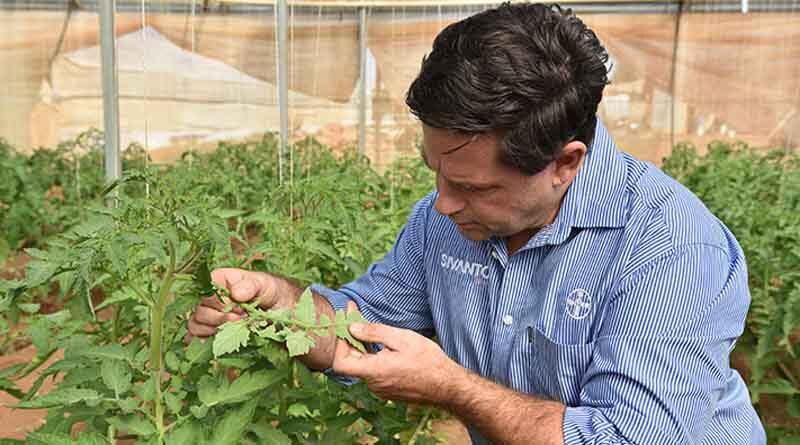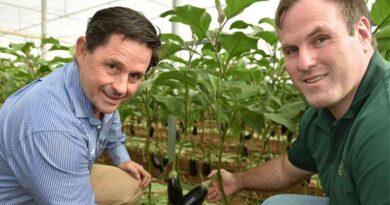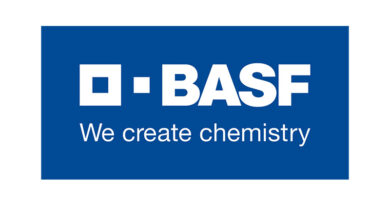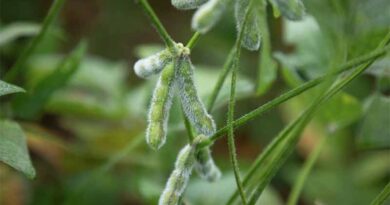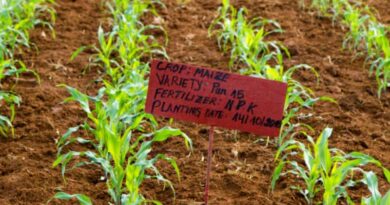Unique vegie crop insecticide shows versatility, strength in SA trial
16 July 2022, AU: An intensive greenhouse vegetable crop trial at Virginia, just north of Adelaide in South Australia, has not only reinforced the performance of a unique insecticide, but importantly also its compatibility with multiple treatments commonly deployed by growers in these crops.
SIVANTO® Prime, developed by Bayer, is an integrated pest management (IPM) friendly insecticide that has introduced a new class of chemistry to the industry, butenolide (Group 4D), for wide spectrum control of damaging sucking pests in various protected and open-field crops.
“Flupyradifurone is a new active (ingredient) to the market that will help provide protection where pest populations are resistant to other chemistry, including Group 4A neonicotinoid insecticides,’’ said Darren Alexander, Horticulture Territory Business Manager with Bayer Crop Science in SA and the Sydney Basin.
Darren said a new chemical class was essential for growers considering the various insecticide groups that had become less effective. Consequently, correct stewardship with SIVANTO prime was critical to help sustain the life of the chemistry.
He said SIVANTO prime was both systemic and translaminar, moving upwards through the xylem and across the leaf surface, and hence it was best applied when plants were still growing and to target young juvenile and nymph stages of insects, including whitefly and aphids.
“It’s best to use SIVANTO prime earlier in the crop, preventing those early life stages of pests from developing into adults. It can help reduce pest pressure from building up whilst being used in conjunction with other insecticides.’’
He said while there was only a one-day withholding period with SIVANTO prime for tomatoes, peppers, eggplant and cucurbits, earlier application was more ideal considering the maximum water application rate with the insecticide of 1000 L/ha.
The recent trial in a greenhouse tomato crop at Virginia investigated the compatibility of SIVANTO prime with commonly used insecticides and fungicides, as well as various combinations of the treatments, for control of greenhouse whitefly.
It was applied five weeks after planting at 75 mL/100 L at 1000 L/ha of water, which was equivalent to 750 mL/ha, and with the compatibility of various tank-mix combinations assessed and the crop later checked for any phytotoxicity symptoms.
“We have seen some phytotoxicity with other existing products, but SIVANTO prime doesn’t cause any visible harm to plants when used as directed. We are not seeing the setback that we see with some other insecticides,’’ Darren said.
He said the greenhouse whitefly can also spread viruses and early control assisted improved crop yields and quality.
“Not only did SIVANTO prime perform well in the various mixes applied in this trial, but we have also seen a reduction in the whitefly population when compared with the standard treatments.’’
“We can see a clear difference where SIVANTO prime was used and other standard treatments were used. Where SIVANTO prime was applied, you don’t see anywhere near the amount of pressure, especially with the amount of eggs and nymphs present and then the amount of adult whitefly that are surrounding those areas.
“Keeping the whitefly population as low as possible for as long as possible by taking out a lifecycle, whether that be the egg population or larval population, allows growers to have reduced viral infections and greater yields. It also takes the pressure off other tools that may be used as part of the program, whether that be other chemistry or beneficial species.’’
Darren said Bayer Crop Science had been working closely with beneficial species consultants from both Bugs for Bugs and Biological Services to extend the understanding of where the IPM-friendly SIVANTO prime was best suited in crop programs and for the introduction of beneficial species that helped to further limit pest pressures.
“We are needing chemistry that is far more suitable to work in conjunction with beneficial species. IPM is something that growers are practising more and more and this insecticide fits well within those programs,’’ he said.
“With increasing pressure from supermarkets over residue levels, growers are starting to introduce and build-up beneficial species so they don’t need to apply crop protection products as often. This doesn’t mean there is no place for chemicals in crops, just that their timing is more specific so they can work in conjunction with beneficial species and help grow those populations.’’
Beneficial species companies are introducing predatory bugs that control pests such as thrips, aphids, whiteflies and mites.
“When used as directed, SIVANTO prime doesn’t affect predatory mites like other chemistry, so it works well with those good IPM programs,’’ Darren said.
“In other protected crops such as blueberries, raspberries and strawberries, there is a place for bumblebees and honeybees for pollination – and fortunately SIVANTO prime has minimal impact on bee populations when used as directed.’’
Also Read: Researchers use storytelling to evaluate women’s agency in agricultural production

